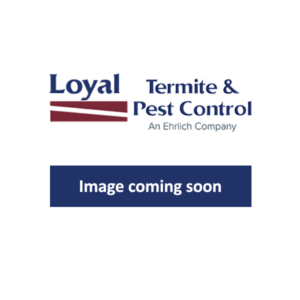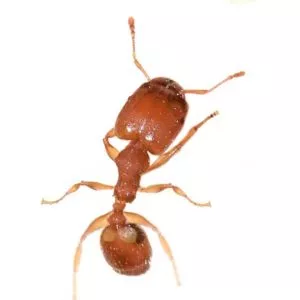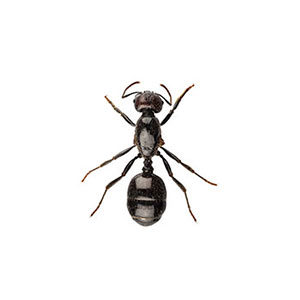Odorous House Ants in Central and Eastern Virginia
Odorous house ants get their name from the rotten, coconut-like odor they give off when crushed. In Virginia, odorous house ants create large colonies with multiple queens that split to form subcolonies. As a result, these ants can be very difficult to eliminate. Odorous house ants are non-hostile toward workers from related subcolonies, which in turn, allows them to take over large areas quickly. Referred to as sugar ants, or coconut ants, odorous house forage mainly for honeydew, which is produced by aphids. They will invade homes during heavy rains when the honeydew of plants is washed away.
Odorous House Ant Habitat
The odorous house ant can live almost anywhere, thriving both outdoors and indoors. Outdoors, odorous house ants are often found in exposed soil or under stacks of firewood. They most often make their way inside looking for food, which is why they are typically found in kitchens. Odorous house ants prefer areas with moisture—wall voids near water pipes, heaters, leaking fixtures, and damaged wood are all ideal habitats for them. Foraging for food night and day, odorous ants invade kitchens and pantries inside homes.
Odorous House Ant Behaviors, Threats, or Dangers
Odorous house ants do not sting or bite, however, they do contaminate food as they forage indoors. Ants access homes in large numbers, utilizing trails that originate outside of the structure. Entering through cracks and crevices, they spoil stored pantry products. Worker ants and scout ants seek out food to provide for the queen, leaving an invisible scent trail from the food source back to their nest site. When worker ants follow the scent or pheromone trail to the food source, homeowners may be alarmed by the sheer number of visible ants. If an odorous house ant issue is suspected, it is best to contact a professional ant exterminator.
Need help with Odorous House Ants?
Get started with a FREE quote!




